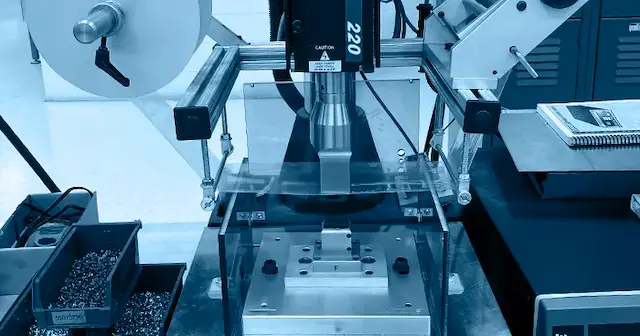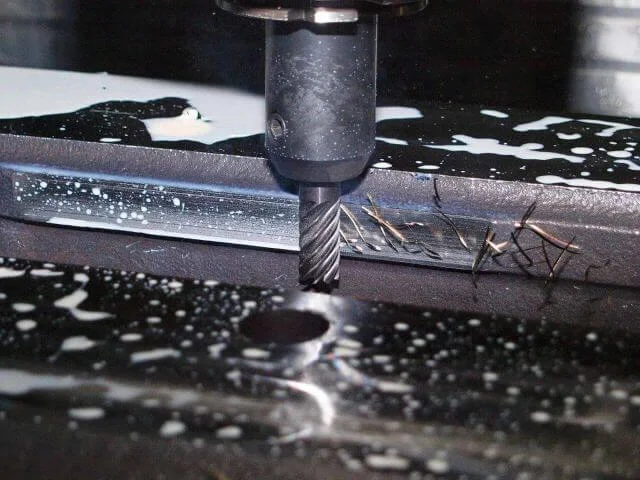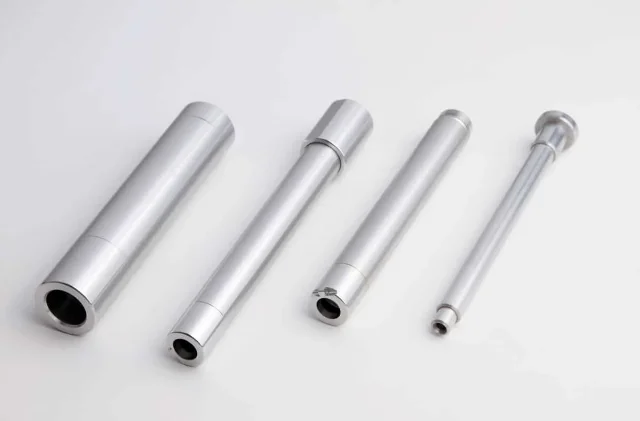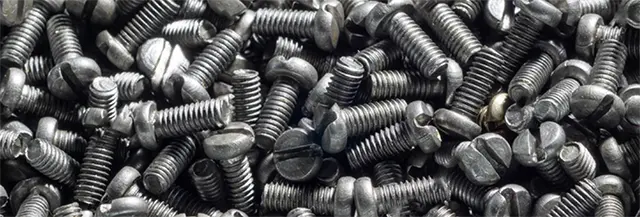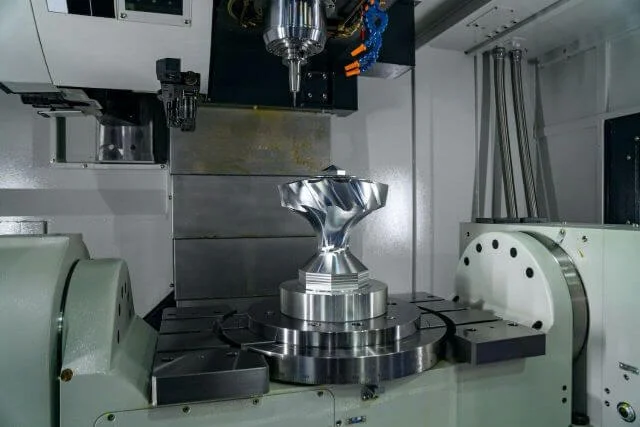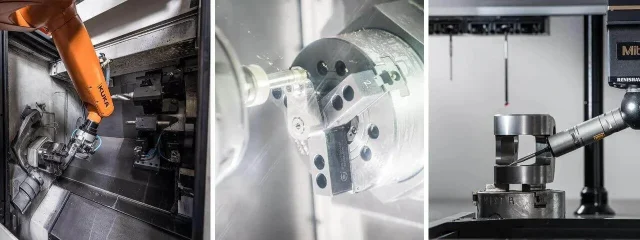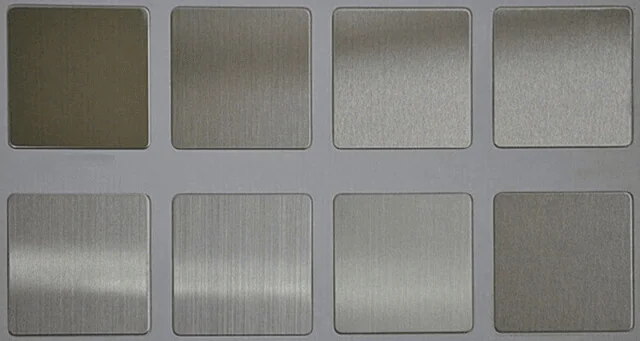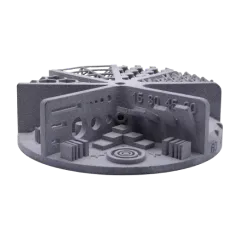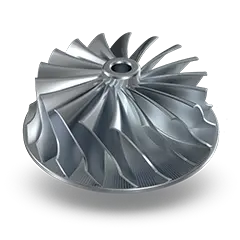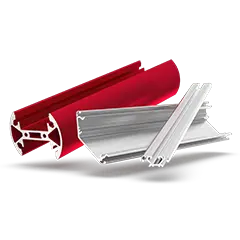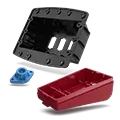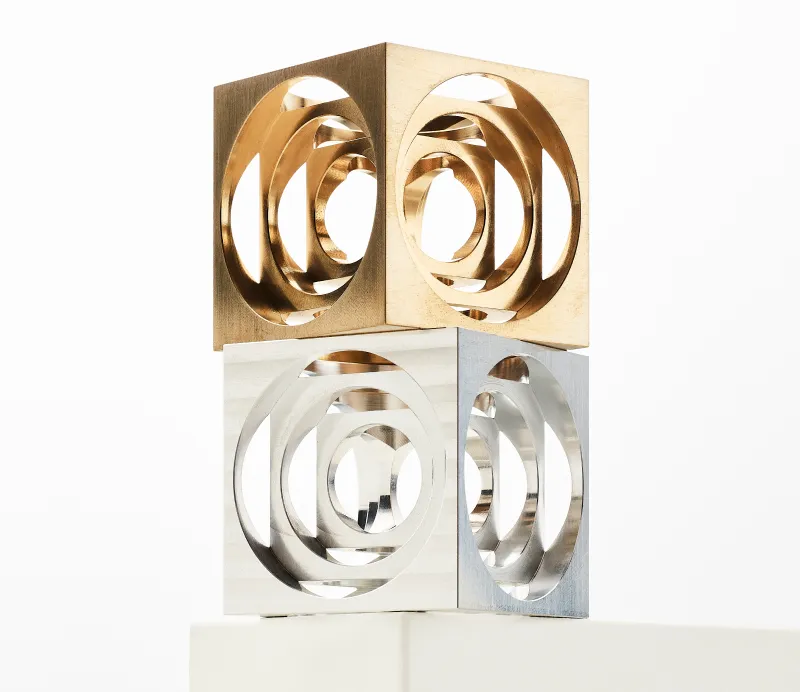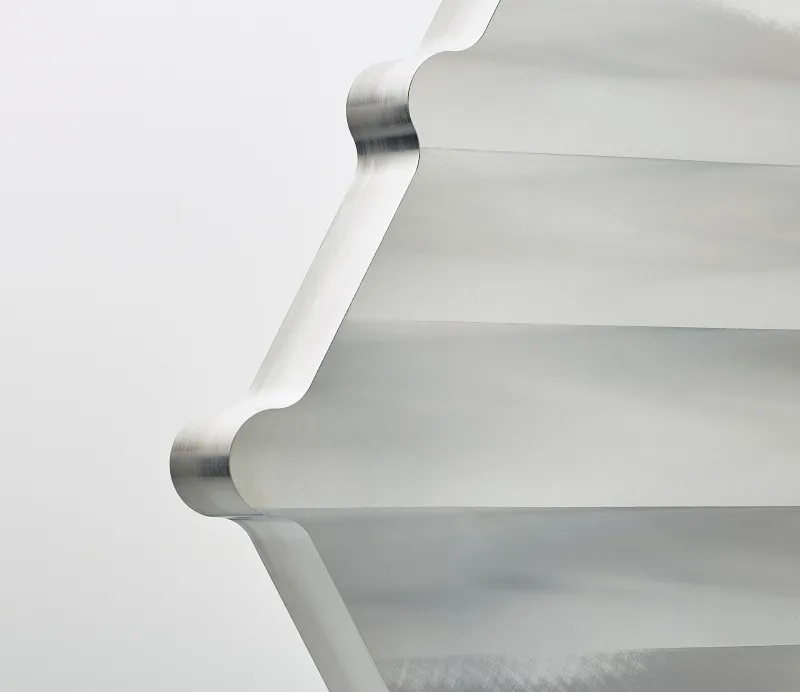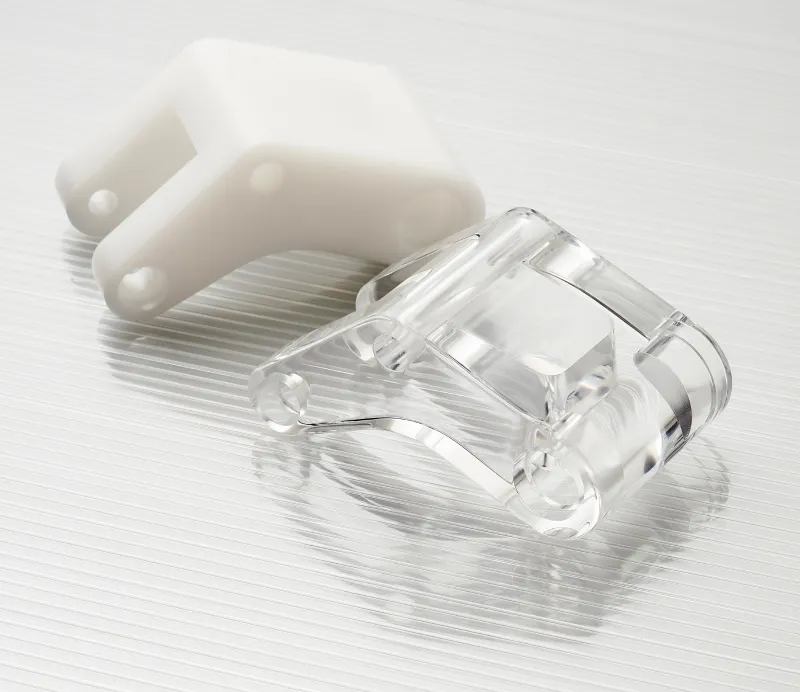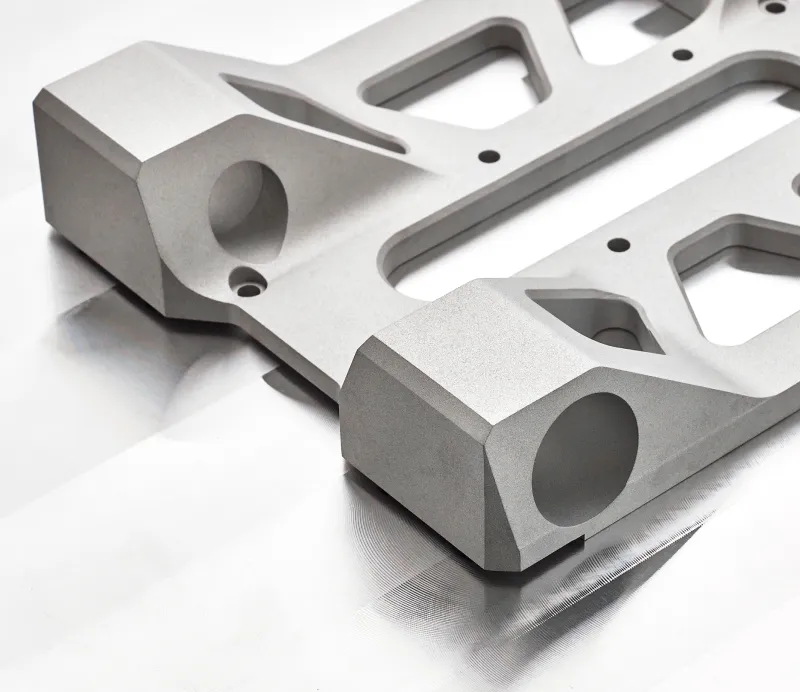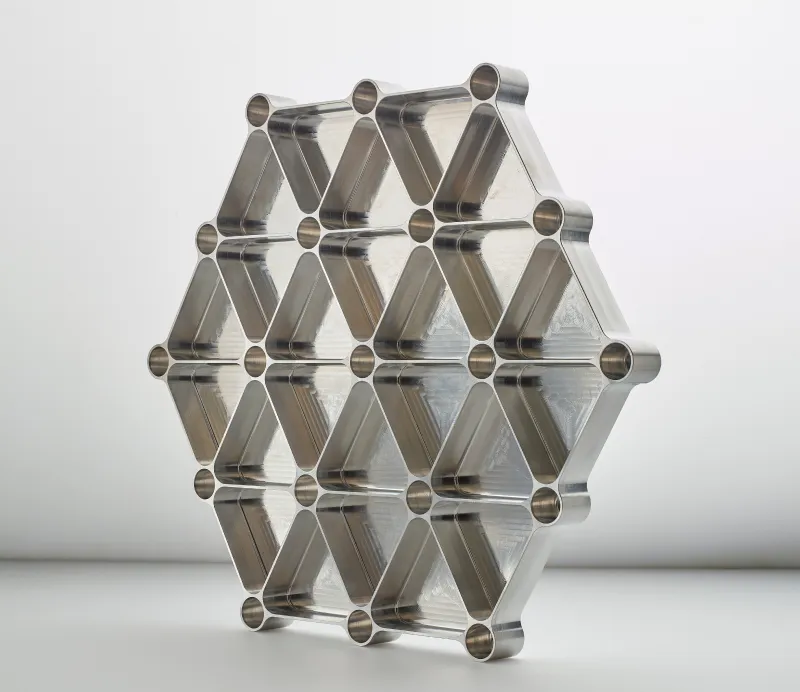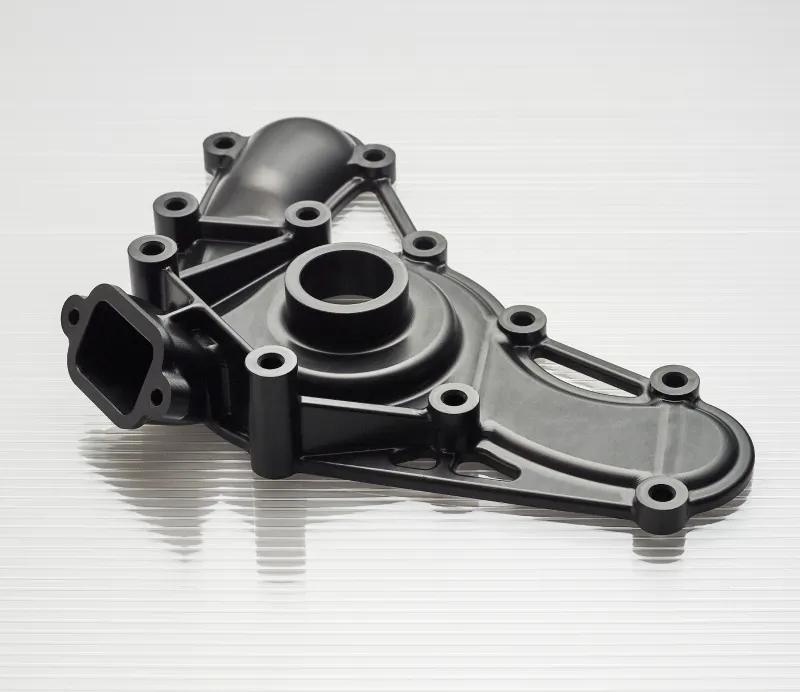How to get it made: Taking an idea from design to production
Whether you are an established designer or an entrepreneur looking to turn a new idea into reality, getting parts and products manufactured can be a daunting prospect
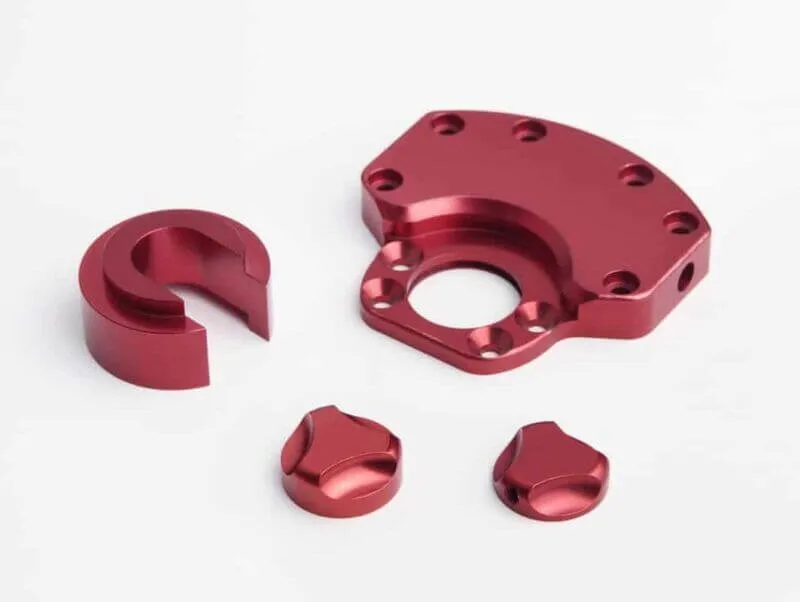
Crossing the gap from design to production presents risks and can involve jumping time-consuming hurdles. Fortunately, our engineers have put together this expert guide, sharing insight on how individuals and businesses can successfully take their ideas from design to reality.
Understanding the product requirements
The first and arguably one of the most crucial steps for getting your product manufactured is having a firm understanding of the product itself, both from an economic and design perspective. It is crucial to understand that these two perspectives are closely linked in the early stages. For example, having a firm understanding of the expected quantity of products to be manufactured will drive design decisions and ultimately determine which manufacturing options are financially viable.
Careful thought should also be given to the product’s material early in the design process. As before, this will dictate design decisions, manufacturing options and part costs. Material choices are often determined by the functionality and aesthetics of the product; however, having a firm understanding of material grades and their relative costs can help influence decision making. The infographic below depicts the relative costs of various materials which can be used to help inform your material choice.
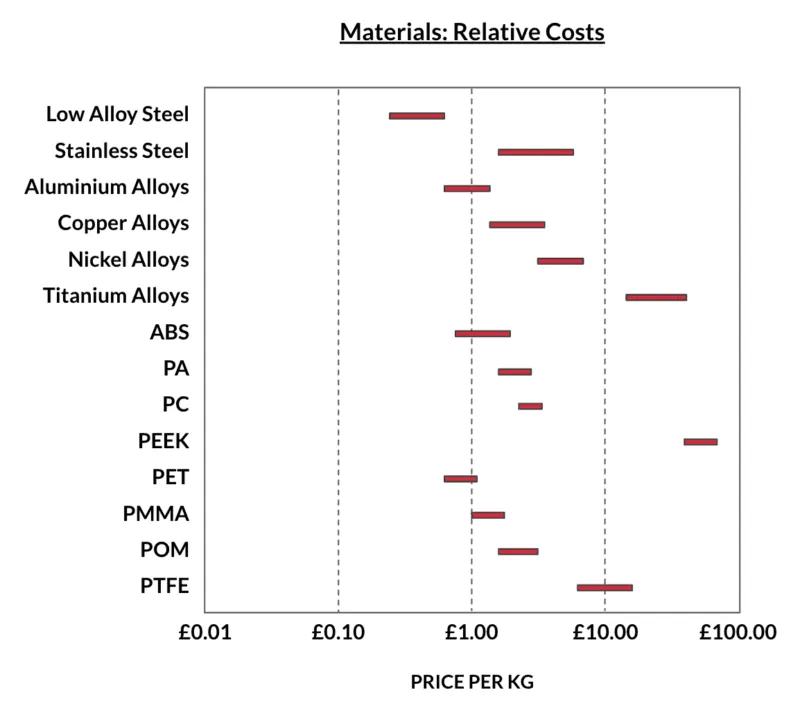
Picking a manufacturing process
Broadly speaking, manufacturing processes can be placed within four categories: Additive, Subtractive, Casting and Forming. There are many further manufacturing processes within these categories, and selecting the right process may seem like a formidable task. As previously alluded to, this choice will depend largely on the economics and material suitability of the manufacturing process.
It is crucial to bear in mind both the unit and tooling costs associated with each process. For example, the lack of tooling costs and low barriers to entry, coupled with technological advances, has led to the explosion in the additive manufacturing industry, with designers being able to manufacture prototypes within hours. However, these hours soon add up when scaling production, resulting in moulding options such as injection moulding, leading the way in viable high volume options for the manufacture of plastic products.
To understand which manufacturing processes are viable at different batch sizes, see the infographic below.
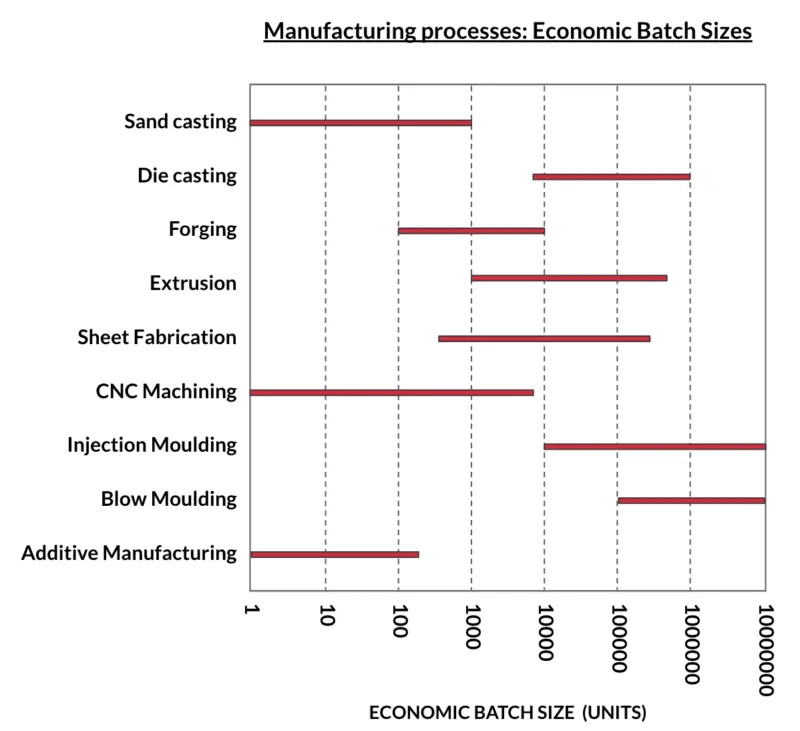
Designing for the process
Once a manufacturing process has been chosen, it is vital to ensure your parts are designed for the process. Ideally, this should be factored into the design process early to avoid any unwelcome last-minute changes. Designing for the process not only ensures that it is physically possible for the product to be manufactured, but savvy designers can use clever design tricks to reduce manufacturing costs.
Examples of designing for a process include:
- Adding draft angles to injection moulded and other casted parts.
- Adding fillets to internal corners for CNC machined parts.
- Adding bend relief to sheet metal parts.
Consult with manufacturing handbooks and liaise with factories to understand the limitations of the manufacturing process to understand how to best design your parts to suit the process.
{{cta-banner}}
Arranging a quote
Searching online or visiting trade shows are valuable tools for discovering manufacturers to approach for a quotation. However, do not underestimate the value of word of mouth recommendations. A flashy website or trade show booth is not always synonymous with manufacturing excellence. Sometimes a smaller, local machining shop may have more time to dedicate to your project and requirements. Learn from your network about their experiences and make sure to approach at least 4-5 manufacturers to gauge manufacturing costs accurately.
Clearly communicating your needs is vitally important also, even more so when communicating with international factories. Simple tips, such as structured part or file names, supplying clear and detailed engineering drawings and highlighting critical tolerances and finishes will help manufacturers understand your needs which will likely reduce the time to quote.
Contact Get It Made today to receive a quote for a project you are working on.
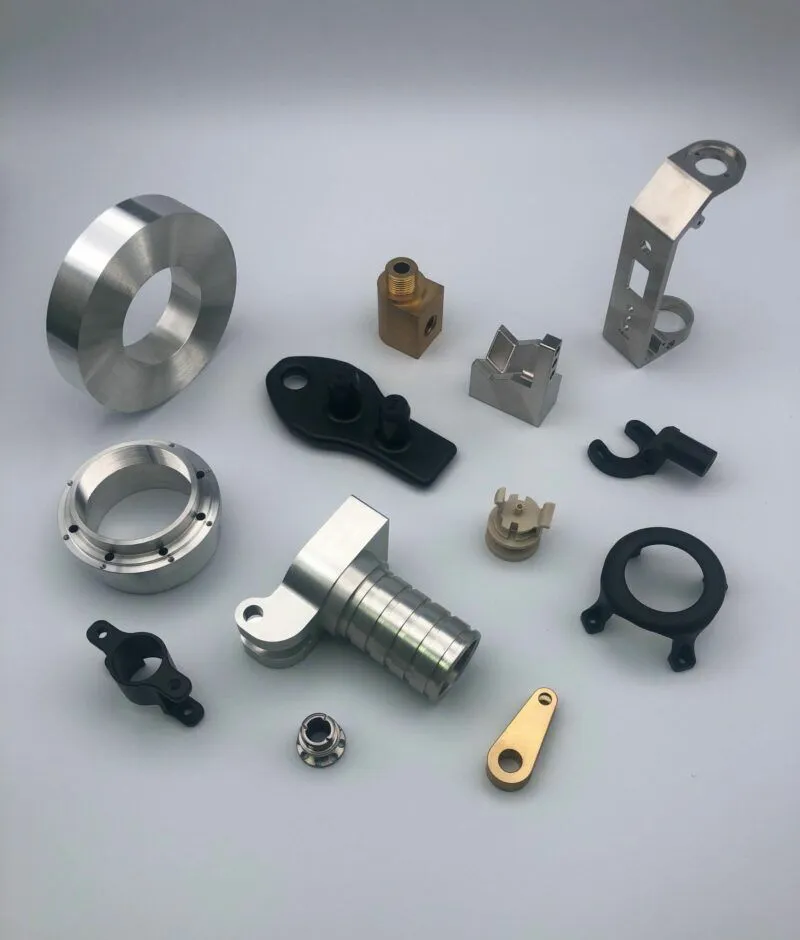
Choosing a manufacturer
Once a range of quotes has been collated from various manufacturers, how does one choose between the options? On the face of it, the quote with the lowest total price may appear to be the best option; however, there are more factors to consider.
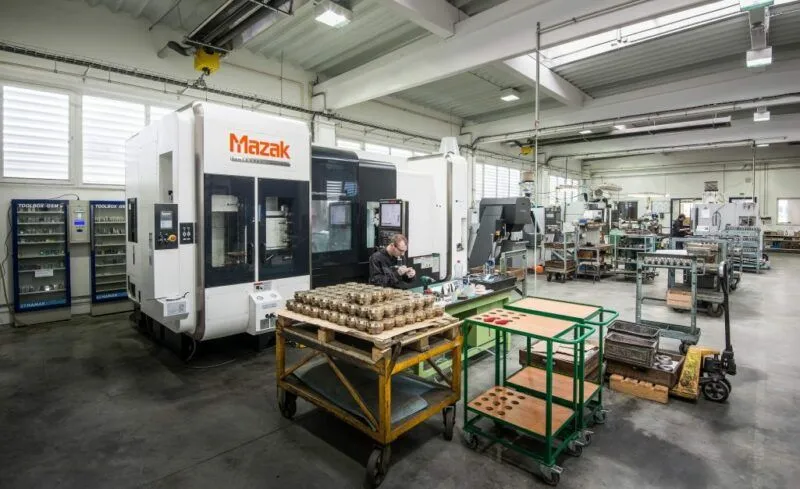
Firstly, consider the hidden costs. Does the manufacturer’s price include delivery to your door? If the manufacturer is based internationally, are import duties and taxes accounted for? These costs can quickly add up, so it is important to factor these in the early stages.
More importantly, can you trust the manufacturer? Is it clear what the manufacturer’s values are and how deeply they propagate through the company? Are you able to find any reviews of the manufacturer from previous clients, good or bad? Good manufacturers will take the time to understand you, your project and your requirements.
Finally, consider how quickly the manufacturer acknowledged and responded to your enquiry. Some manufacturers forget they are service companies too, and responsiveness is key to ensuring any problems down the line can be resolved quickly and effectively. Whilst an organisation’s manufacturing capabilities may be impressive, the customer service they provide should also be an essential consideration before starting any project.
An alternative to the traditional buyer-supplier relationship is to choose a Manufacturing as a Service (MaaS) provider to manage your manufacturing requirements. With a vast knowledge of manufacturing processes and a wide network of trusted factories across the globe, MaaS reduces risk, finds the best price amongst a myriad of options and allows designers to focus on what they do best: designing exciting and innovative new products.
Get It Made
With a vast array of services available and a friendly and responsive team ready to help you each step of the way, Get It Made really can offer everything you need to take your concept from design to production.
With expertise in prototyping, facilities that range from CNC machining to injection moulding, and partner factories in both China and Europe, Get It Made has every aspect of your project covered. As a result of this expertise, we can boast industry-leading work in medical fields, aerospace, motorsport, and much more.
To speak to us today and arrange your quote, or to discuss any technical queries related to your project, visit our website's contact section, and a member of our team will happily assist.

Leave it to our manufacturing specialists
Get a 24 hour, engineer made quote and design review to start your manufacturing project off on the right foot
Get your production-ready quote in 24 hours
All projects are reviewed by real engineers to ensure accuracy, catch mistakes and unlock DFM improvements
Our services
From 3D printing to CNC machining, we’re experts in manufacturing bespoke precision parts on tight time-frames
Other services
It’s rare you only need CNC machining services. We offer 3D printing, moulding, casting, extrusion, fabrication, assembly, welding & more.
Get your production-ready quote in 24 hours
All projects are reviewed by real engineers to ensure accuracy, catch mistakes and unlock DFM improvements
Bespoke quote in 24 hours
Get It Made is proud to provide a human service. Get a quote and free design review by an experienced engineer to see how we make manufacturing simple.


